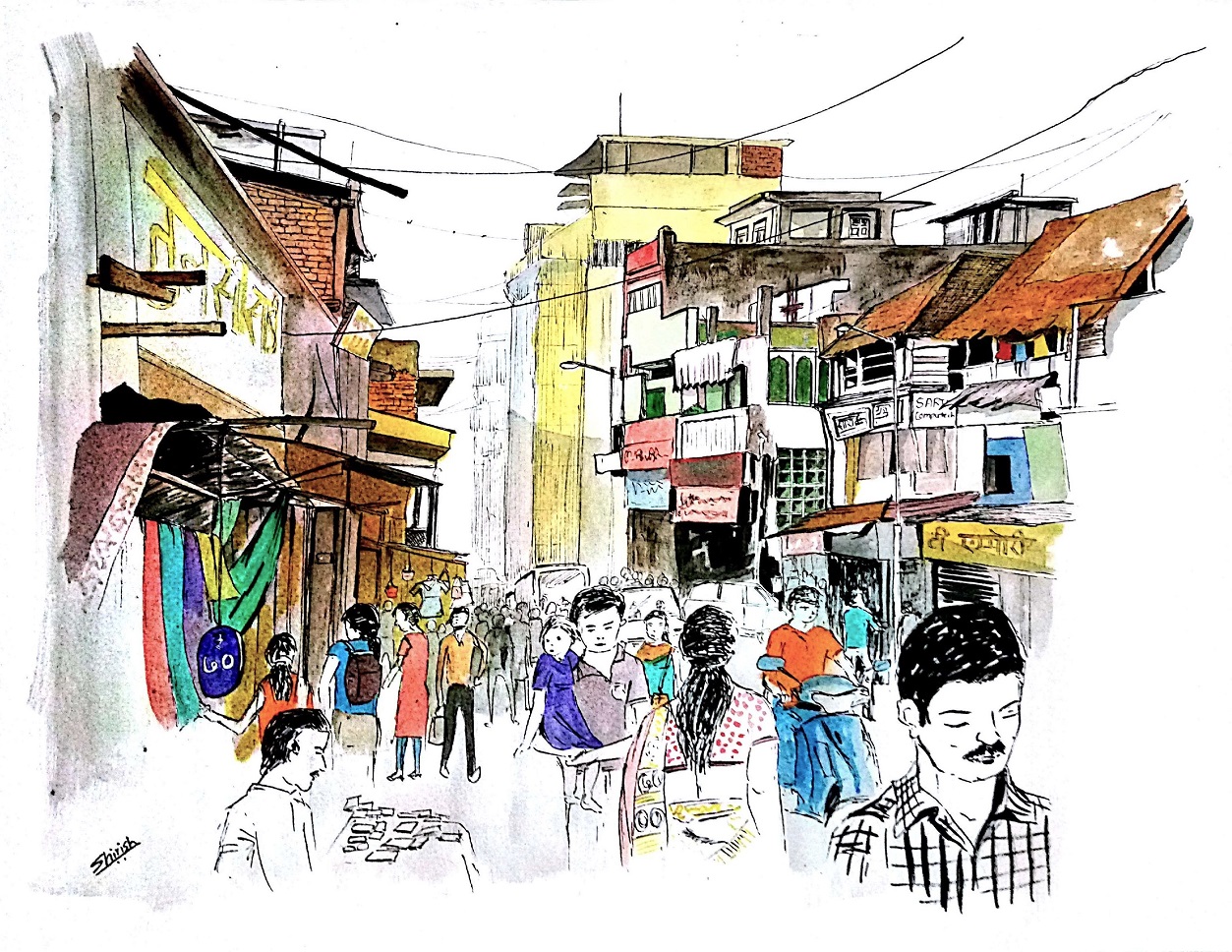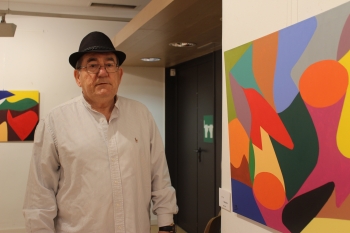
Landscape Art is certainly one of the principal genres of art. People across the world adore famous landscape paintings. This genre deals and depicts the beauty of nature. Many art historians are of the opinion that depicting nature in paintings, appreciating its beauty, and choosing it as the main subject for art is a fairly new phenomenon. Till the seventeenth century landscape merely meant the background of paintings and portraits that dealt chiefly with religion, mythology and history.
Origin and Acknowledgement of Landscape as a Genre of Art
The seventeenth-century witnessed some paradigm shifts in the history of art. It was in the seventeenth-century when artists like Claude Lorraine and Nicholas Poussin brought landscape to the foreground. The landscape that lied ignored in the background slowly and steadily began to dominate the subjects that were the apparent basis for the paintings. Claude and Nicholas treated landscape in a highly stylised manner. They strived to conjure the landscapes of classical Greek and Roman history, thus their work came to be known as classical landscape art. Around the same time, some Dutch landscape artists like Jacob van Ruysdael were creating a more realistic form of landscape paintings. They based their work on what they saw and observed around them. It was also in the seventeenth century, that the French Academy classified various genres of art and arranged them in hierarchy. In order of importance, landscape art was placed fourth out of the five genres of art.
Evolution of Landscape Art from Classical Landscape Art to the Modern Day Landscape Art
Landscape paintings became more and more popular through the eighteenth century and the classical idea of landscape art predominated most of the works.
The nineteenth century witnessed an astonishing explosion of naturalistic and more realistic landscape paintings. It seems that this change was partly driven by the idea that nature is a manifestation/sign of God and partly by the growing distance between people and nature as a consequent of swelling industrialisation and urbanisation. Britain’s two mavericks, John Constable and J.M.W Turner, contributed to this phenomenon and created some world famous landscape paintings. From there, the baton was passed on to France where, the Impressionists made landscape painting a means for a revolution in modern art that collapsed the traditional hierarchy of the painting genres.
The definition of landscape was challenged and defied in the latter half of the twentieth century. The genre widened its spectrum and began to include new-age city and industrial landscapes. The trend affected the artists and they began to employ less traditional means in the creation of new landscape paintings. For example, in the 1960s landscape artists like Richard Long completely changed the bond between landscape and art, and created paintings within the landscape.
Till this date, landscape remains to be a popular theme in art world with many artists employing documentary techniques including photography, video and even classification processes to discover the ways how people relate to the places and surroundings where they live and to record how people affect the land and the environment.
Artists in Focus: J.M.W Turner and John Constable
Turner and Constable are Britain’s two outstanding landscape artists. Although they are considered to be competitors with particularly different painting techniques and styles, there is no doubt that Turner and Constable transformed the face of landscape painting in the nineteenth century Britain. Both artists were inspired and influenced by romanticism. Romanticism was a literary and artistic movement that started in the late 1700s and remained till the mid-1800s and advocated the expression of emotions and interest in the real world.
Many of Constable’s famous landscape paintings are of the Suffolk countryside nearby his family home. He generally sketched and painted in the outdoors to get a little closer to nature and capture the beauty of nature as it is. His works depict more realistic details and captures the beautiful effects of light and weather.
In contrast to Constable, Turner travelled the length and breadth of Britain, the outside world beyond Britain, and explored various terrains. His famous landscape paintings are testament of his extensive travel and experience. From dramatic seascapes to sublime landscapes, he painted breathtakingly astounding paintings. His paintings usually had some literary or historical connotation.
Landscape paintings provide spectacular view of nature. If you too want to feel the beauty of nature, without going out, then explore our wide range of landscape paintings and buy one for your home.





















